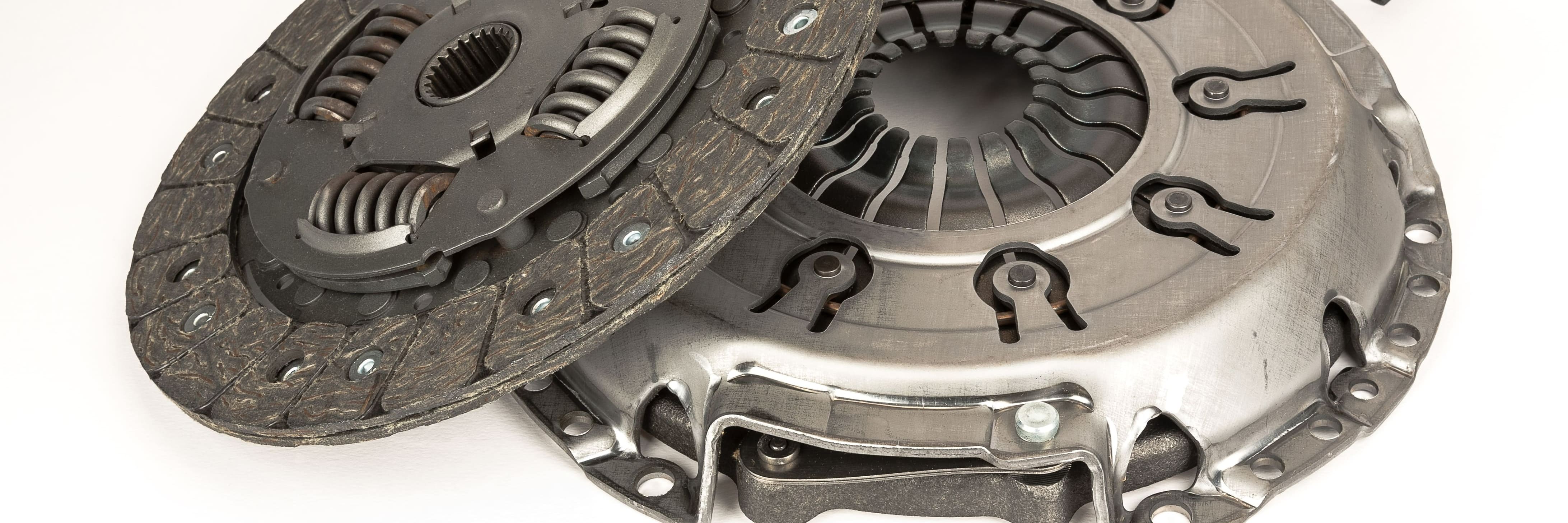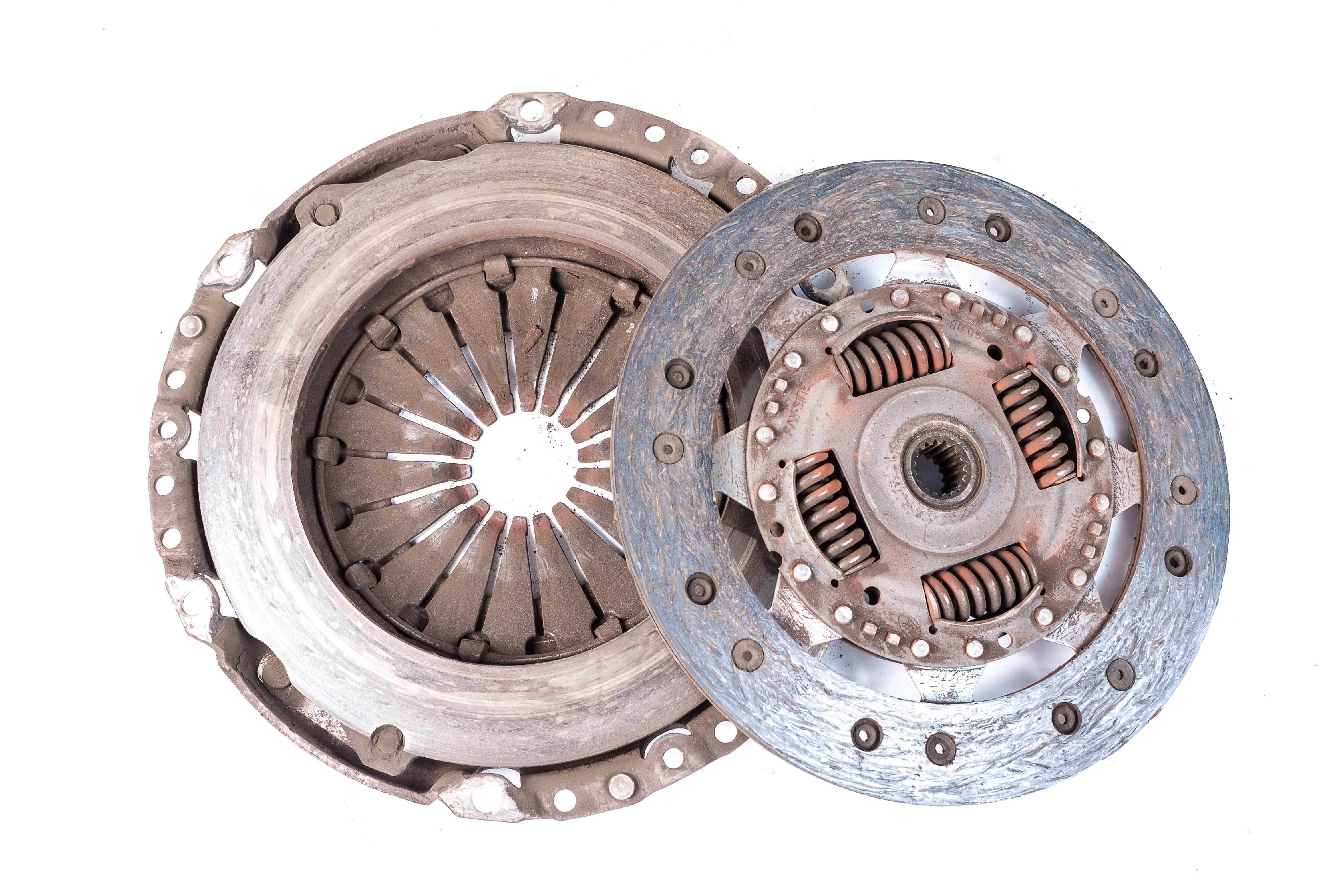What does the clutch plate do on a car?
First of all, why do we have a clutch in the first place? The clutch is essentially the mechanism that allows you to change gears and bring the car to complete halt without switching the engine off. In a manual drive car, it engages and disengages the transmission from the input shaft connected to the engine and the output shaft that turns the wheels. This ensures that the power/torque can be transferred to the transmission and disconnected as needed. When your foot is off the clutch pedal, the mechanism is engaged, meaning that the transmission and engine spin at the same speed. When you press the pedal, the engine and the gearbox are disconnected.
The clutch plate, also known as the clutch disc or friction plate, is one of the most important parts of this device. The other main components include the flywheel, pressure plate, throwout bearing and release system. The ‘friction plate’ is located between the flywheel and the pressure, connecting the two when the pressure plate is engaged. It provides the grip between the components, which is necessary for power transmission. If this component becomes worn, damaged or faulty, it could cause the clutch to slip or fail while you’re driving.
Symptoms of clutch plate failure
- A slipping clutch
The main sign of a worn disc is a slipping clutch. It causes the pressure plate and flywheel to move at different speeds.
- Poor acceleration
You may notice that the vehicle isn’t accelerating as quickly when your foot is off the clutch pedal. You may have difficulty accelerating even though the engine revs are stable.
- A burning smell
Sometimes there is a distinctive smell similar to burnt rubber. This could indicate that the components are overheating and starting to wear.
- A soft or spongy clutch pedal
You may be able to prevent overheating and restore the friction surface of the plate using a brake and clutch cleaner spray. This will remove any brake dust, dirt and grease from the metal surfaces. However, if the part is damaged, preventative measures are unlikely to fix the problem.

How do you know when the clutch plate is the wrong way round?
It is unfortunately possible to install the clutch the wrong way around. Symptoms of this may include premature wear on the spring retainers, damaged or chipped flywheel bolts and abnormal sounds when engaging or disengaging the mechanism. If you’re replacing the components yourself using a clutch kit for your car, make sure you know which side of the clutch disc faces the flywheel. Many products have markings indicating which side goes where.
How much does a clutch plate replacement cost?
The clutch disc replacement cost will largely depend on factors such as labour rates, the parts that need to be replaced with it, and the make and model of the vehicle. The price of the clutch plate itself can range from as little as £25 to over £350 on the aftermarket. In the UK, a new kit costs around £325 on average. Replacing the mechanism isn’t the simplest task; it can take a professional mechanic anything between 2 and 6 hours to complete.
Standard clutches are typically expected to last at least 60,000 miles (mileage) before being replaced. There are a few ways to extend the service life of the device. For example, using the handbrake and a neutral gear when parking will reduce strain on the disc. Keeping the clutch pedal slightly pressed while driving (‘riding the clutch’) will cause the parts to wear quicker. Try to keep your foot away when you aren’t changing gears or stopping.
TOP products on the subject:

















